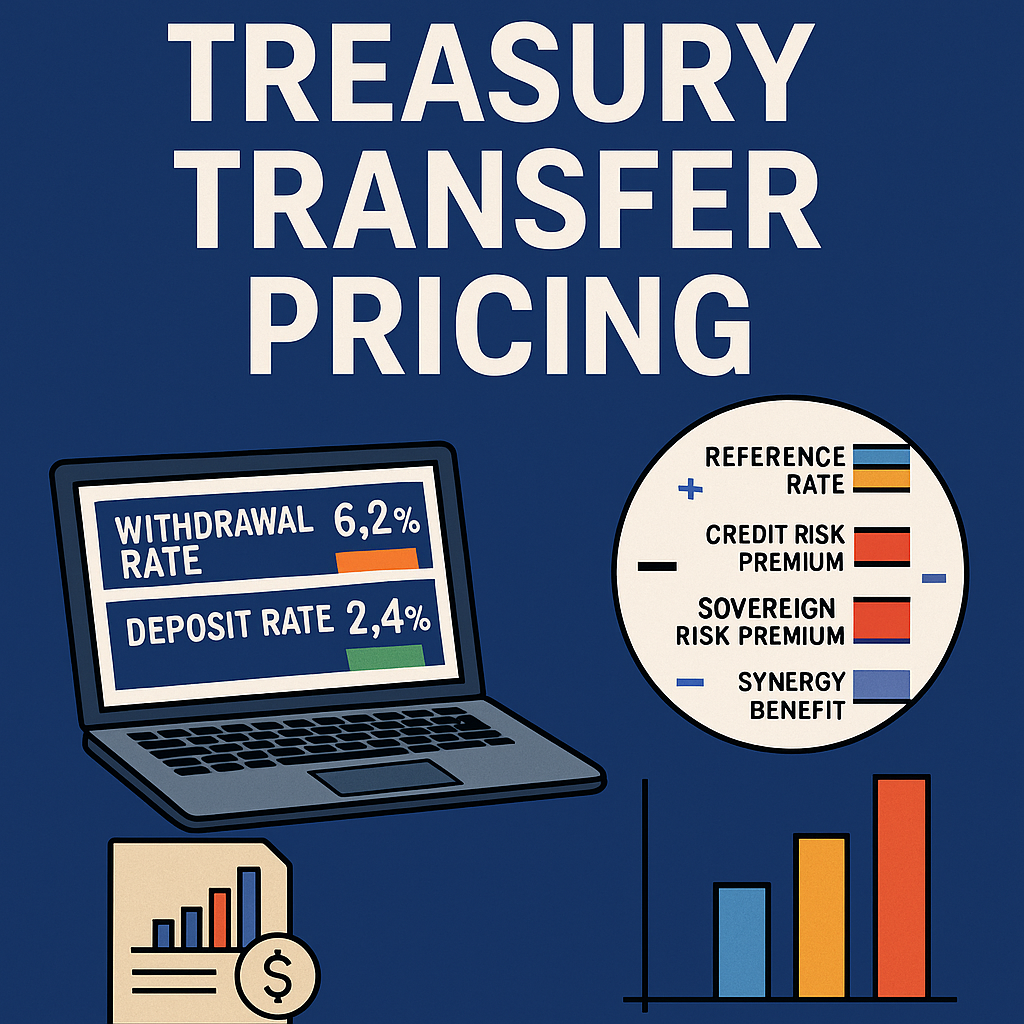Introduction
Financing working capital effectively is crucial for maintaining liquidity and funding business operations. Companies must strike a balance between internal resources and external financing options to meet short-term obligations while minimizing costs. This chapter explores various financing methods, their applications, and best practices for managing working capital financing.
1. Short-Term Financing Options
1.1 Bank Loans and Credit Facilities
Revolving Credit Lines:
Flexible borrowing for temporary cash flow gaps.
Working Capital Loans:
Secured or unsecured loans tailored to working capital needs.
1.2 Trade Credit
Negotiate extended payment terms with suppliers to delay cash outflows.
1.3 Invoice Financing
Factoring:
Sell receivables to third parties for immediate cash.
Invoice Discounting:
Use receivables as collateral for loans without transferring ownership.
2. Innovative Financing Solutions
Supply Chain Financing:
Collaborate with suppliers and banks to extend payment terms while maintaining supplier liquidity.
Inventory Financing:
Use inventory as collateral to secure funding.
Dynamic Discounting:
Pay suppliers early in exchange for discounts, funded by excess liquidity.
3. Long-Term Financing for Working Capital
Commercial Paper:
Short-term, unsecured promissory notes issued by creditworthy companies.
Asset-Based Lending:
Secure loans using accounts receivable, inventory, or fixed assets as collateral.
4. Managing Financing Costs and Risks
Hedging Currency Risk:
Use FX derivatives to mitigate currency volatility in global operations.
Monitoring Interest Rates:
Leverage fixed or floating rate loans based on market conditions.
Conclusion
Effective working capital financing requires a mix of traditional and innovative solutions tailored to business needs. By strategically managing financing costs and risks, companies can maintain liquidity and operational stability.
Financing Working Capital
financing-working-capital







Leave a Comment
You must be logged in to post a comment.